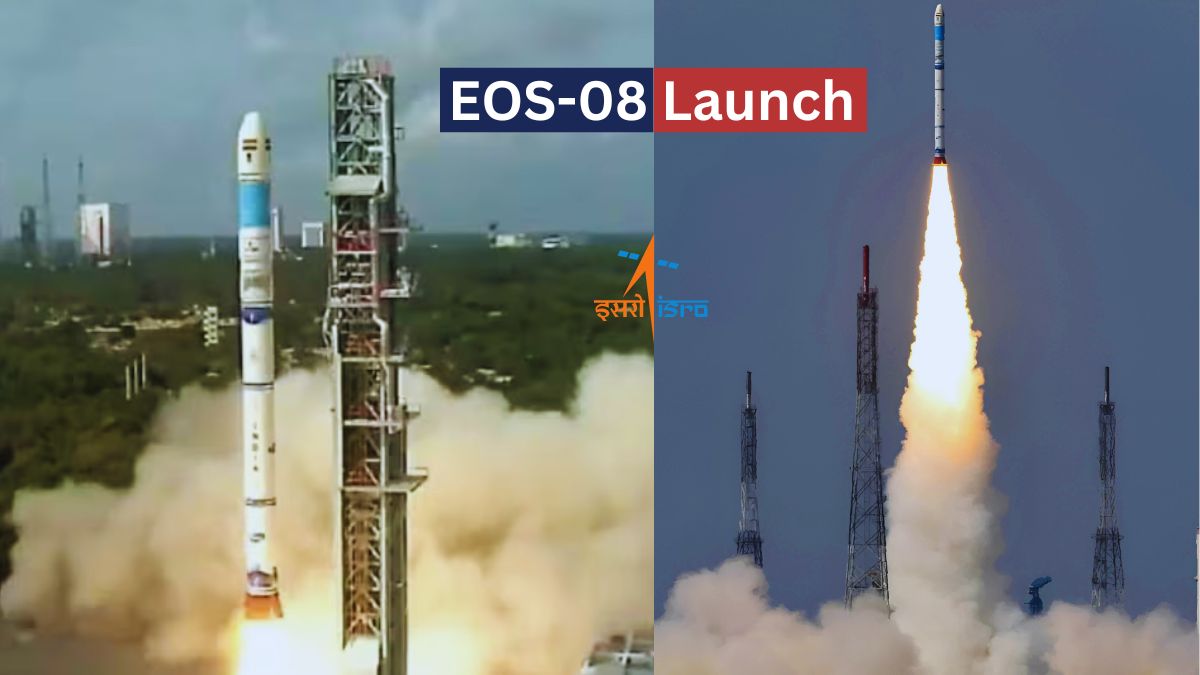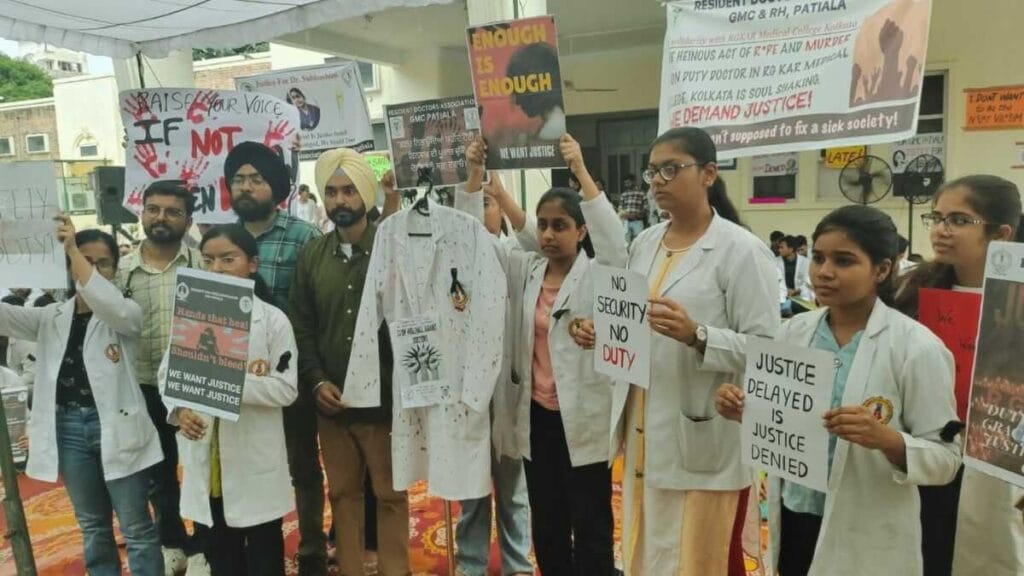Semi-Conductor Laboratory in EOS-08 Launch: A Milestone in Space Tech
Residents of the Tricity area, comprising Chandigarh, Mohali, and Panchkula, have a new reason to celebrate and take pride in their region’s achievements. The recent successful launch of the Earth Observation Satellite (EOS-08) aboard the Small Satellite Launch Vehicle (SSLV) featured indigenously designed and fabricated devices from the Semi-Conductor Laboratory (SCL) located in Mohali. This event marks a significant milestone not only for India’s space exploration efforts but also for the local scientific community.
The EOS-08 satellite incorporates advanced technology developed by the SCL, showcasing three bending mode accelerometers and a Platinum Resistance Thermometer (PRT) in a multi-chip module. Additionally, the satellite utilizes a sophisticated 36 multi-core reconfigurable data acquisition system. These innovations underscore SCL’s critical role in enhancing the capabilities of the EOS-08 satellite, paving the way for improved satellite-based surveillance, disaster and environmental monitoring, flood detection, and the monitoring of inland water bodies.
Launched from the first launchpad of the Satish Dhawan Space Centre in Sriharikota, Andhra Pradesh, the SSLV took off at precisely 9:17 am on a promising Friday morning. This marked the third developmental flight of the SSLV, which carried the passenger satellite SR-0 DEMOSAT. The satellite was successfully placed into its intended orbit approximately 17 minutes post-launch, entering a 475 km circular low Earth orbit. With a mission life of one year, the EOS-08 is expected to significantly bolster India’s capabilities in various critical applications.
The involvement of the SCL in the EOS-08 project is particularly noteworthy given the laboratory’s history and expertise in semiconductor technology. The three bending mode accelerometers are designed to measure changes in velocity, providing crucial data for the satellite’s navigation and stability. The PRT in the multi-chip module is essential for accurate temperature measurements, ensuring the satellite’s systems operate within optimal conditions. Moreover, the 36 multi-core reconfigurable data acquisition system allows for the efficient processing and transmission of large volumes of data, enhancing the satellite’s overall functionality.
The successful launch and deployment of EOS-08 symbolize a leap forward in India’s space research and satellite technology. This mission is expected to play a pivotal role in satellite-based surveillance, contributing to national security by providing real-time data on various fronts. Additionally, the satellite’s capabilities in disaster and environmental monitoring will enable better management and response to natural calamities, thereby protecting lives and property.
The advanced technology on board the EOS-08 will also aid in flood detection and monitoring of inland water bodies, providing vital information for water resource management and planning. These applications are critical for a country like India, which faces significant challenges related to water scarcity and management.
Chandrayaan-3 Mission and SCL’s Role
The Chandrayaan-3 mission, which successfully landed on the moon on August 23, 2023, also benefited from the expertise of the Semi-Conductor Laboratory. The SCL-fabricated Vikram Processor (1601 PE01) was used for the Launch Vehicle Navigation (LVM3), while the CMOS Camera Configurator (SC1216-0) was deployed onboard as the Vikram Lander imager camera. These contributions were instrumental in the success of the Chandrayaan-3 mission, further cementing SCL’s reputation as a leader in semiconductor technology and its applications in space research.
The accomplishments of the Semi-Conductor Laboratory and its contributions to the EOS-08 and Chandrayaan-3 missions highlight the laboratory’s pivotal role in India’s space exploration endeavors. As India continues to expand its presence in space, the expertise and innovations from institutions like SCL will be crucial in driving these advancements.
Looking ahead, the focus will be on developing more sophisticated and reliable semiconductor devices that can support a wide range of applications in space research. The success of the EOS-08 launch is a testament to the capabilities of Indian scientists and engineers, inspiring future generations to contribute to this exciting field.
The success of the EOS-08 launch and the role of the Semi-Conductor Laboratory in Mohali are sources of immense pride for Tricity residents. These achievements underscore the importance of local contributions to national and global advancements in science and technology. As the EOS-08 satellite embarks on its mission, it carries with it the hopes and aspirations of countless individuals who have dedicated their lives to pushing the boundaries of what is possible.
The launch of the Earth Observation Satellite (EOS-08) marks a significant milestone in India’s space exploration journey. The inclusion of devices from the Semi-Conductor Laboratory in Mohali not only highlights the advanced capabilities of Indian scientists and engineers but also instills a sense of pride among Tricity residents. As the satellite embarks on its mission, it stands as a testament to the power of local innovation and its impact on global technological advancements.
What is the Earth Observation Satellite (EOS-08)?
The EOS-08 is an advanced satellite designed for satellite-based surveillance, disaster and environmental monitoring, flood detection, and the monitoring of inland water bodies. It was launched aboard the Small Satellite Launch Vehicle (SSLV) from the Satish Dhawan Space Centre in Sriharikota.
What role did the Semi-Conductor Laboratory (SCL) play in the EOS-08 project?
The SCL contributed three bending mode accelerometers, a Platinum Resistance Thermometer (PRT) in a multi-chip module, and a 36 multi-core reconfigurable data acquisition system, all of which are integral to the satellite’s performance.
How long is the mission life of the EOS-08 satellite?
The EOS-08 satellite has a mission life of one year, during which it will operate in a 475 km circular low Earth orbit.
What are the primary applications of the EOS-08 satellite?
The satellite is used for satellite-based surveillance, disaster and environmental monitoring, flood detection, and the monitoring of inland water bodies, among other applications.
How did SCL contribute to the Chandrayaan-3 mission?
SCL fabricated the Vikram Processor (1601 PE01) for Launch Vehicle Navigation (LVM3) and the CMOS Camera Configurator (SC1216-0) for the Vikram Lander imager camera, both of which were critical to the success of the Chandrayaan-3 mission.
What is the significance of the EOS-08 launch for Tricity residents?
The EOS-08 launch, featuring devices from the Semi-Conductor Laboratory in Mohali, represents a significant achievement for the local scientific community and showcases Tricity’s contributions to national and global space research.
Stay connected with NH Punjab on social media. Follow us on Facebook, Twitter/X, and Instagram for the latest news updates, behind-the-scenes content, and more. Engage with us online and be a part of our growing community.
Sign up for our newsletter to get the latest news delivered straight to your inbox. Follow us on social media for real-time updates and engaging content.



